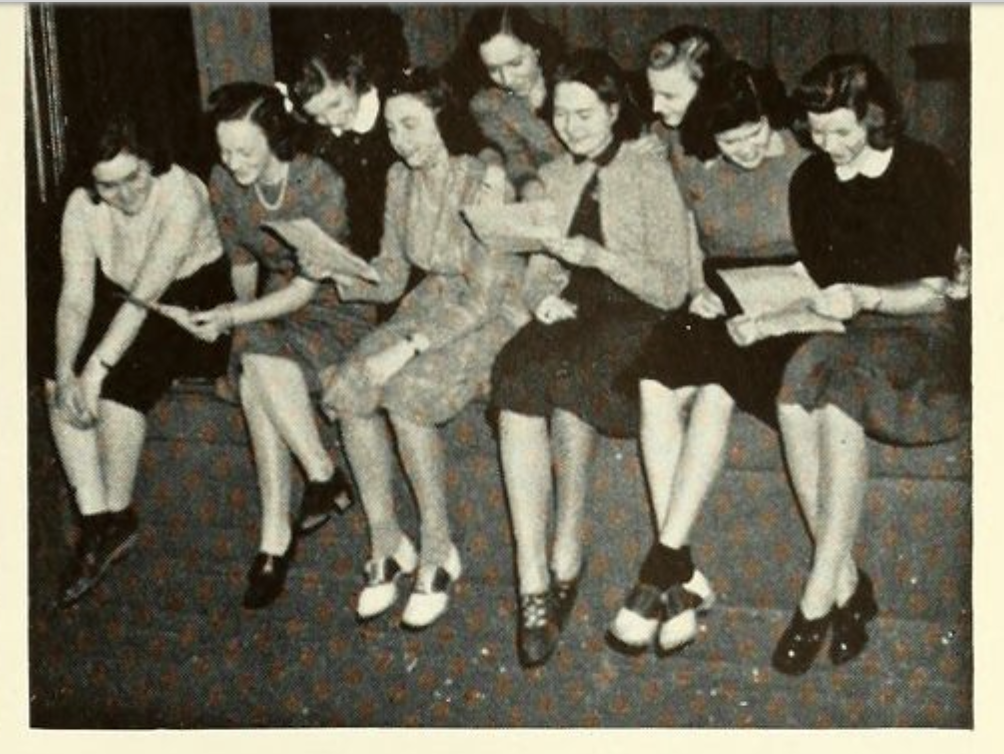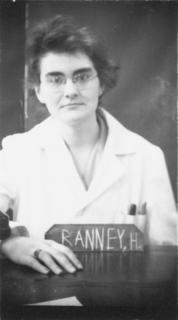For physician and scientist Helen Ranney ’41, medicine was one of the few fields that focused on creating solutions to the problems it studied. This hands-on approach to helping people inspired her to switch from pre-law to the pre-medicine track at Barnard, eventually leading Ranney to her landmark biochemical research in hematology, the study of blood and blood diseases.
Ranney was the first to identify a genetic factor in sickle cell anemia, a blood disorder that impacts millions of people around the world. The biological mechanisms of sickle cell anemia were not well understood until Ranney’s foundational discoveries, making her research vital to advancements in the study of sickle cell diseases and the larger field of hematology.
Fun fact:
Hailing from upstate New York, Ranney was known for both her “genial and genuine good nature” and her “athletic prowess” on campus. Ranney was a part of the 1941 Junior Show, an artistic production put on by undergraduates featuring theatre, a chorus, and dance performances.
After graduating cum laude from Barnard in 1941, Ranney applied to Columbia University’s College of Physicians and Surgeons but was rejected at a time when academic institutions were resistant to admitting women. She went on to work as a lab technician at New York’s Babies Hospital (now NewYork-Presbyterian Morgan Stanley Children’s Hospital), where she was able to develop the biomedical research skills she would later use in her postdoctoral training to study sickle cell anemia.
Ranney reapplied in 1943 and was accepted to the College of Physicians and Surgeons during World War II. She was one of five women in her 120-person class and graduated with her medical degree in 1947. Ranney worked at the Columbia-Presbyterian Medical Center, known now as the Columbia University Irving Medical Center, after receiving her degree. She later moved to the Albert Einstein College of Medicine to continue her postdoctoral research on hemoglobin studies and eventually become a professor. Her contributions to hematology changed the scope of the field, allowing clinicians to test for and diagnose sickle cell anemia in newborns.
In addition to being a pioneering figure in the lab, Ranney flourished in her numerous leadership positions. She served as the first female president of the Association of American Physicians in 1984, as well as the president of the American Society of Hematology. Ranney became the first female chair of a department of medicine in the United States in 1973, at the University of California San Diego, and she was inducted into the National Academy of Sciences that same year. In 1986, Ranney received Barnard’s prestigious Commencement Medal of Distinction and was the first woman to be named a Distinguished Physician of the Veterans Administration.
Ranney passed away in 2010 at age 89, leaving behind an incredible legacy of immeasurable contributions to science, leadership, and service. She was honored as a “Columbian Ahead of Their Time” at Columbia University’s 250th anniversary and in the National Library of Medicine’s “Changing the Face of Medicine” exhibit featuring extraordinary women physicians. She maintained her hands-on approach to helping people throughout her entire career and inspired those around her to do the same.
“You Oughta Know” is produced in collaboration with Obden Mondésir, associate director of the Barnard Archives and Special Collections.
— SOLBY LIM ’22



